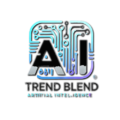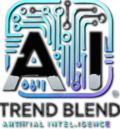Machine Learning
It’s Time to Start Your Journey to Machine Learning
Machine learning (ML) is a branch of artificial intelligence (AI) that enables computers to learn from data patterns and make predictions or decisions without being explicitly programmed. It relies on algorithms that can analyze and identify patterns in large datasets, improving their accuracy over time as they are exposed to more data. Essentially, ML models “learn” from previous experiences, allowing them to generalize and apply their knowledge to new situations.
Latest AI-Machine Learning Related Articles
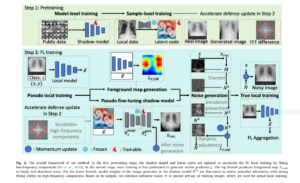
🔒7 Alarming Privacy Risks of Federated Learning—and the Breakthrough Shadow Defense Fix You Need
Introduction Federated Learning (FL) has been heralded as the privacy-preserving future of AI, especially in sensitive domains like healthcare. But behind…
Read More
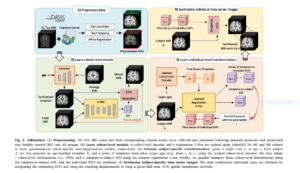
🧠 7 Groundbreaking Insights from a Revolutionary Brain Aging AI Model You Can’t Ignore
Introduction Predicting the trajectory of brain aging—whether due to normal aging or the onset of Alzheimer’s Disease (AD)—has always posed a massive challenge….
Read More
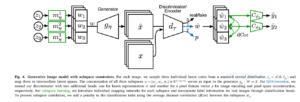
🔍 7 Breakthrough Insights: How Disentangled Generative Models Fix Biases in Retinal Imaging (and Where They Fail)
Introduction: Why Bias in Retinal Imaging Matters More Than Ever Retinal fundus images are crucial in diagnosing conditions from diabetic retinopathy to…
Read More
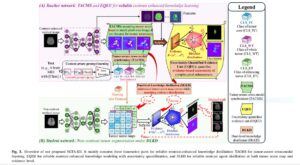
Revolutionary AI Breakthrough: Non-Contrast Tumor Segmentation Saves Lives & Avoids Deadly Risks
Imagine detecting deadly tumors without injecting risky contrast agents. A revolutionary AI framework called EGTA-KD is making this possible, achieving near-perfect…
Read More
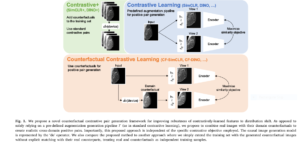
Title: 5 Powerful Reasons Why Counterfactual Contrastive Learning Beats Traditional Medical Imaging Techniques (And How It Can Transform Your Practice)
Introduction: The Future of Medical Imaging Starts Here Medical imaging has long been a cornerstone of diagnostics, but traditional methods often fall…
Read More
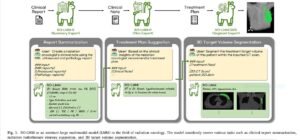
Beyond Human Limits 1: How RO-LMM’s AI is Revolutionizing Breast Cancer Radiotherapy Planning (Saving Lives & Time)
The Crippling Burden of Breast Cancer Radiotherapy Planning (And the AI Solution Changing Everything) Every 38 seconds, a woman is diagnosed with…
Read More
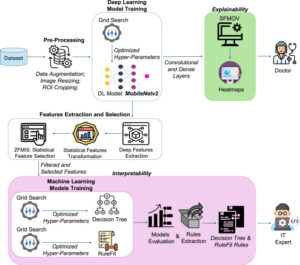
3 Breakthroughs & 1 Warning: How Explainable AI SVIS-RULEX is Revolutionizing Medical Imaging (Finally!)
For years, artificial intelligence (AI) has promised to revolutionize medical diagnosis, particularly in analyzing complex medical images like X-rays,…
Read More
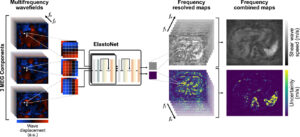
ElastoNet 1: The Revolutionary Neural Network for MRE Wave Inversion with Uncertainty Quantification (Pros & Cons)
Introduction: Why ElastoNet Is Changing the Game in Medical Imaging Medical imaging has seen a rapid evolution over the past decade, especially in non-invasive…
Read More
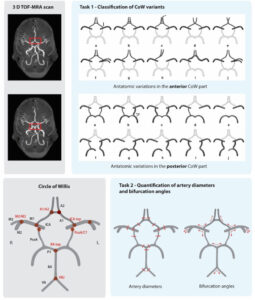
CROWN Challenge Breakthrough: 6 AI Solutions Transform Brain Artery Analysis (But Still Fall Short)
Why Intracranial Aneurysm Screening Is Failing Patients Intracranial aneurysms (IAs) affect 3% of the global population, yet rupture often strikes…
Read More
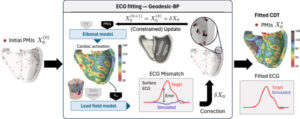
7 Groundbreaking Innovations in Cardiac Digital Twins: Unlocking the Future of Precision Cardiology (and 3 Major Challenges Holding It Back)
The Non-Invasive Revolution in Cardiac Mapping Imagine holding a perfect digital replica of your heart that beats like the real thing, predicts how you’ll…
Read More
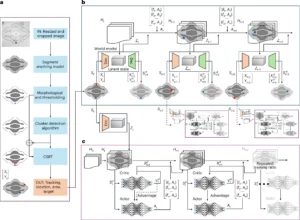
7 Revolutionary Breakthroughs in AI-Powered Ultrasound Microrobots That Could Transform Medicine Forever
Imagine microscopic robots swimming through your bloodstream, precisely delivering cancer drugs to tumors or clearing arterial plaque with zero invasive…
Read More
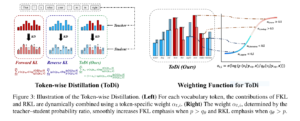
7 Revolutionary Insights About ToDi (Token-wise Distillation): The Future of Language Model Efficiency
Introduction: Why ToDi is a Game-Changer in Knowledge Distillation In the fast-evolving world of artificial intelligence, large language models (LLMs)…
Read More
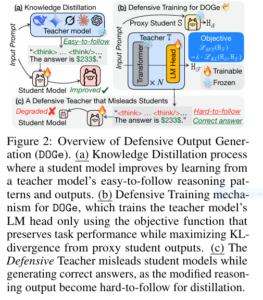
7 Revolutionary Ways DOGe Is Transforming LARGE LANGUAGE MODEL (LLM) Security (And What You’re Missing!)
In the ever-evolving world of artificial intelligence, Large Language Models (LLMs) have become the backbone of innovation. From chatbots to content generation…
Read More
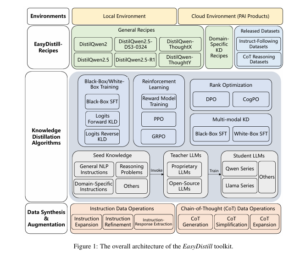
7 Revolutionary Ways EasyDistill is Changing LLM Knowledge Distillation (And Why You Should Care!)
Introduction: The Future of LLM Optimization Starts Here Artificial Intelligence (AI) has transformed how we interact with technology, especially through…
Read More
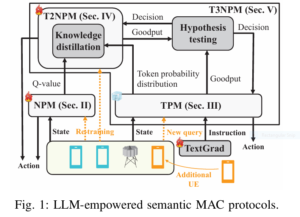
Beyond the Blackout: 3 Game-Changing AI Solutions That Fix Wireless Network Meltdowns (For Good!)
Imagine a critical factory floor. Robots communicate flawlessly… until 10 new sensors come online. Suddenly, commands clash, data vanishes, and production…
Read More
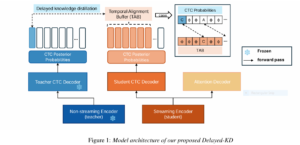
Delayed-KD: A Powerful Breakthrough in Low-Latency Streaming ASR (With a 9.4% CER Reduction)
In an era where real-time communication and instant data processing are becoming the norm, streaming automatic speech recognition (ASR) has emerged as…
Read More
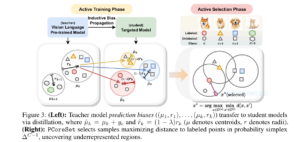
ActiveKD & PCoreSet: 5 Revolutionary Steps to Slash AI Training Costs by 90% (Without Sacrificing Accuracy!)
The $100 Billion Problem: AI’s Annotation Nightmare Training AI models is expensive, slow, and painfully data-hungry. In specialized fields…
Read More
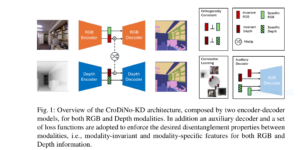
3 Breakthroughs in RGBD Segmentation: How CroDiNo-KD Revolutionizes AI Amid Sensor Failures
The Hidden Crisis in Robotics and Autonomous Vehicles (Keywords: RGBD semantic segmentation, sensor failure, cross-modal learning) Imagine an autonomous…
Read More
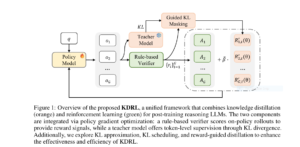
Unlock 57.2% Reasoning Accuracy: KDRL Revolutionary Fusion Crushes LLM Training Limits
The Hidden Flaw Crippling Your LLM’s Reasoning Power Large language models (LLMs) promise revolutionary reasoning capabilities, yet most hit an invisible…
Read More
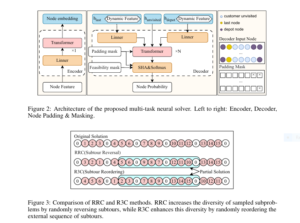
MTL-KD: 5 Breakthroughs That Shatter Old Limits in AI Vehicle Routing (But Reveal New Challenges)
The quest for the perfect delivery route, efficient garbage collection circuit, or life-saving emergency response path has plagued businesses and cities…
Read More
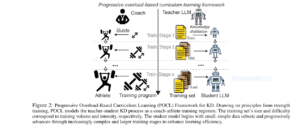
Unlock 2.5X Better LLMs: How Progressive Overload Training Crushes Catastrophic Forgetting
The Painful Reality of Shrinking Giant LLMs Large language models (LLMs) like GPT-4o and Claude 3.5 revolutionized AI—but their massive size makes deployment…
Read More
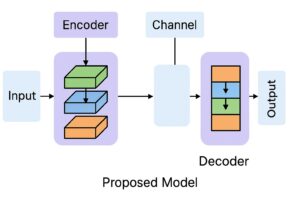
Unlock 13% Better Speech Recognition: How Label-Context-Dependent ILM Estimation Shatters CTC Limits
Connectionist Temporal Classification (CTC) powers countless speech recognition systems. But here’s the dirty secret: its “context-independent”…
Read More
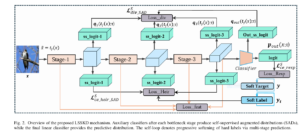
7 Incredible Upsides and Downsides of Layered Self‑Supervised Knowledge Distillation (LSSKD) for Edge AI
As deep learning continues its meteoric rise in computer vision and multimodal sensing, deploying high‑performance models on resource‑constrained edge…
Read More
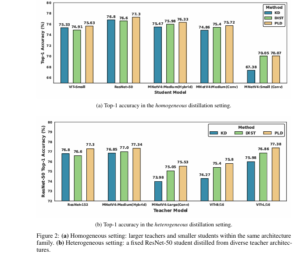
7 Proven Knowledge Distillation Techniques: Why PLD Outperforms KD and DIST [2025 Update]
The Frustrating Paradox Holding Back Smaller AI Models (And the Breakthrough That Solves It) Deep learning powers everything from medical imaging to self-driving…
Read More
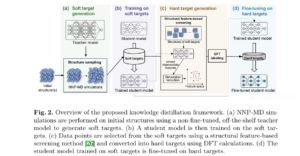
Unlock 106x Faster MD Simulations: The Knowledge Distillation Breakthrough Accelerating Materials Discovery
Molecular Dynamics (MD) simulations are the computational microscopes of materials science, allowing researchers to peer into the atomic dance governing…
Read More
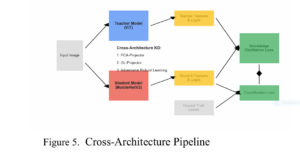
97% Smaller, 93% as Accurate: Revolutionizing Retinal Disease Detection on Edge Devices
Retinal diseases like Diabetic Retinopathy (DR), Glaucoma, and Cataracts cause irreversible vision loss if undetected early. Tragically,…
Read More
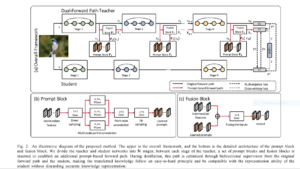
5 Breakthroughs in Dual-Forward DFPT-KD: Crush the Capacity Gap & Boost Tiny AI Models
Imagine training a brilliant professor (a large AI model) to teach complex physics to a middle school student (a tiny, efficient model). The professor’s…
Read More
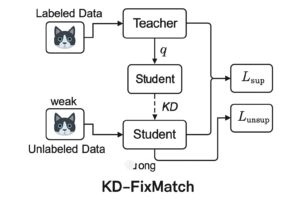
Unlock 5.7% Higher Accuracy: How KD-FixMatch Crushes Noisy Labels in Semi-Supervised Learning (And Why FixMatch Falls Short)
Imagine training cutting-edge AI models with only fractions of the labeled data you thought you needed. This isn’t fantasy—it’s the…
Read More
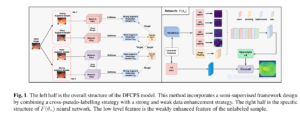
Revolutionizing Healthcare: How DFCPS’ Breakthrough Semi-Supervised Learning Slashes Medical Image Segmentation Costs by 90%
Medical imaging—CT scans, MRIs, and X-rays—generates vast amounts of data critical for diagnosing diseases like cancer, cardiovascular conditions, and…
Read More
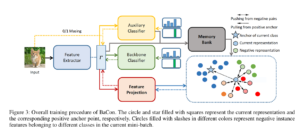
7 Powerful Reasons Why BaCon Outperforms and Fixes Broken Semi-Supervised Learning Systems
Semi-supervised learning (SSL) has revolutionized how we handle data scarcity, especially in deep learning. But what happens when your labeled and unlabeled…
Read More
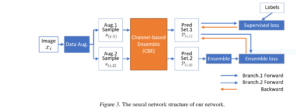
1 Breakthrough Fix: Unbiased, Low-Variance Pseudo-Labels Skyrocket Semi-Supervised Learning Results (CIFAR10/100 Proof!)
Struggling with noisy, unreliable pseudo-labels crippling your semi-supervised learning (SSL) models? Discover the lightweight, plug-and-play Channel-Based…
Read More
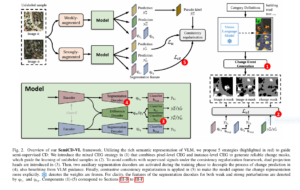
Revolutionize Change Detection: How SemiCD-VL Cuts Labeling Costs 5X While Boosting Accuracy
Change detection—the critical task of identifying meaningful differences between images over time—just got a seismic upgrade. For industries relying…
Read More
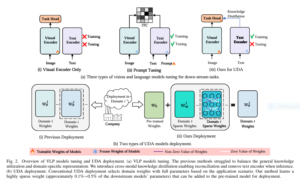
CMKD: Slash 99% Storage Costs & Dominate UDA Challenges
Unsupervised Domain Adaptation (UDA) faces two persistent roadblocks: effectively leveraging powerful modern foundation models and the crippling storage…
Read More
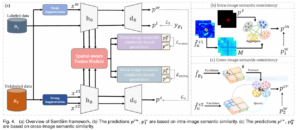
Revolutionizing Medical Image Segmentation: SemSim’s Semantic Breakthrough
Medical image segmentation is the cornerstone of modern diagnostics and treatment planning. From pinpointing tumor boundaries to mapping cardiac structures,…
Read More
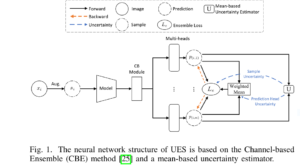
Uncertainty Beats Confidence in semi-supervised learning
In the ever-evolving landscape of artificial intelligence, semi-supervised learning (SSL) has emerged as a powerful approach for harnessing the vast potential…
Read More
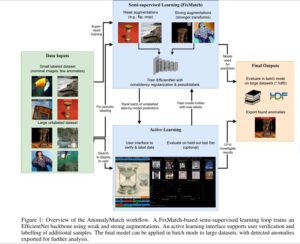
Discover Rare Objects with AnomalyMatch AI
Imagine finding a single unique galaxy among 100 million images—a cosmic needle in a haystack. This daunting task faces astronomers daily. But what…
Read More
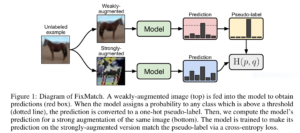
FixMatch: Simplified SSL Breakthrough
Semi-supervised learning (SSL) tackles one of AI’s biggest bottlenecks: the need for massive labeled datasets. Traditional methods grew complex and…
Read More
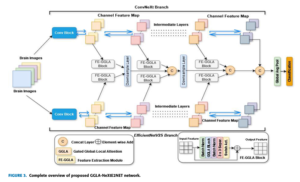
GGLA-NeXtE2NET: Advanced Brain Tumor Recognition
The accurate and timely diagnosis of brain tumors is a critical challenge in modern medicine. Magnetic Resonance Imaging (MRI) is an essential non-invasive…
Read More
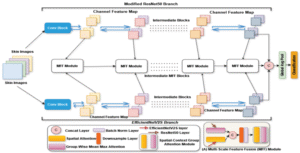
EG-VAN Transforms Skin Cancer Diagnosis
Skin cancer diagnosis faces critical challenges: subtle variations within the same cancer type, striking similarities between benign and malignant…
Read More
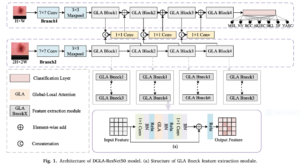
Enhancing Skin Lesion Detection Accuracy
Skin cancer continues to be one of the fastest-growing cancers worldwide, with early detection being critical for effective treatment. Traditional diagnostic…
Read More
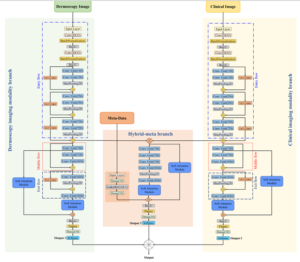
AI Revolutionizes Skin Cancer Diagnosis
New Deep Learning Model Boosts Accuracy for Early Detection Skin cancer, particularly melanoma, remains one of the deadliest cancers worldwide. The stakes…
Read More
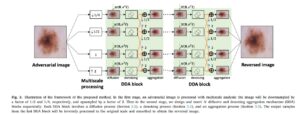
Skin Cancer AI Combats Adversarial Attacks with MDDA
In recent years, deep learning has revolutionized dermatology by automating skin cancer diagnosis with impressive accuracy. AI-powered systems like convolutional…
Read More
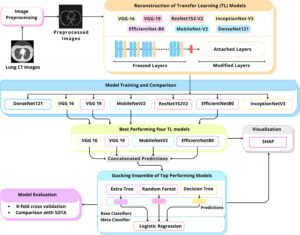
LungCT-NET: Revolutionizing Lung Cancer Diagnosis with AI
Introduction: The Urgent Need for Early Lung Cancer Detection Lung cancer is the leading cause of cancer-related deaths worldwide, accounting for 1.8 million…
Read More

Revolutionizing Brain Tumor Diagnosis: GATE-CNN
For patients facing a potential brain tumor diagnosis, time is brain tissue. Early and accurate detection isn’t just beneficial; it’s often…
Read More
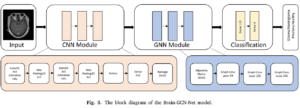
Beyond the Naked Eye: How AI Fusion is Revolutionizing Brain Tumor Diagnosis
Every year, thousands face the daunting diagnosis of a brain tumor. Speed and accuracy are paramount – early detection significantly improves survival…
Read More
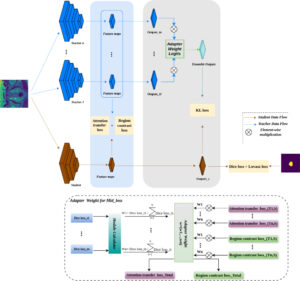
Adaptive Multi-Teacher Knowledge Distillation for Segmentation
Medical image segmentation is a cornerstone of modern diagnostics, enabling precise identification of tumors, organs, and anomalies in MRI and CT scans….
Read More
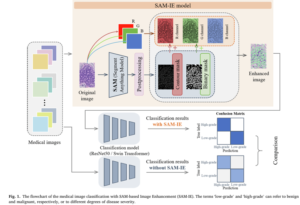
SAM-IE: Enhancing Medical Imaging for Disease Detection
Medical imaging is a cornerstone of modern diagnostics, yet clinicians often grapple with challenges like ambiguous anatomical structures, inconsistent…
Read More
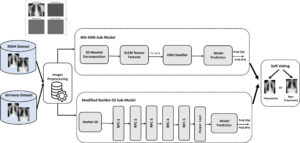
AI MODEL Boosts Pneumonia Detection in Chest X-Rays
Pneumonia remains a leading cause of global mortality, particularly among children and the elderly. Early detection is critical for improving survival…
Read More
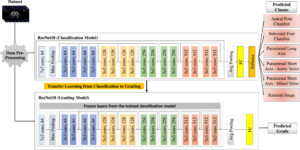
CACTUS Framework: Revolutionizing Cardiac Care with Deep Transfer Learning in Ultrasound Imaging
Cardiovascular diseases remain the leading cause of death globally, underscoring the critical need for accurate and accessible diagnostic tools. Cardiac…
Read More
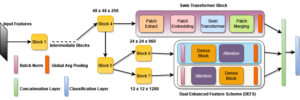
Revolutionizing Brain Tumor Classification: The Power of DEF-SwinE2NET
Brain tumors are among the most challenging medical conditions to diagnose and treat. Their complexity, coupled with the need for precise classification,…
Read More
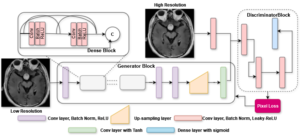
Unveiling the Power of Generative Adversarial Networks (GANs): A Comprehensive Guide
In today’s rapidly evolving world of artificial intelligence and machine learning, one technology stands out for its innovative approach to data generation…
Read More
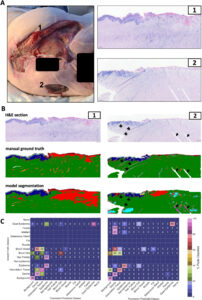
Revolutionizing Wound Care: How AI is Transforming Complex Wound Analysis
Chronic wounds affect millions of people worldwide, causing pain, disability, and staggering healthcare costs. According to the Wound Healing Society,…
Read More
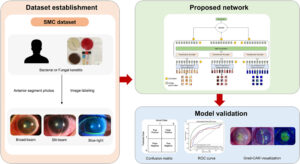
Revolutionizing Keratitis Diagnosis: How Vision Transformers Are Transforming Eye Care
Infectious keratitis, a leading cause of corneal blindness, poses significant challenges for patients and healthcare providers. Misdiagnosis or delayed…
Read More
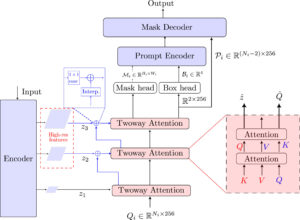
Sam2Rad: Revolutionizing Medical Image Segmentation with AI-Powered Automation
Medical imaging has long been a cornerstone of modern healthcare, enabling clinicians to diagnose, treat, and monitor a wide range of conditions. However,…
Read More
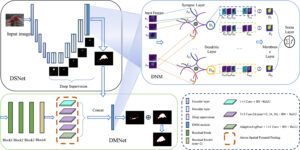
Revolutionizing Medical Image Segmentation with 3DL-Net: A Breakthrough in Global–Local Feature Representation
Medical image segmentation is a cornerstone of modern healthcare, enabling precise delineation of anatomical structures and pathological regions. From…
Read More
![]()
Advances in Attention Mechanisms for Medical Image Segmentation: A Comprehensive Guide
Medical image segmentation is a cornerstone of modern healthcare, enabling precise diagnosis and treatment planning through advanced imaging technologies….
Read More

Medical Image Segmentation with Med-SA: Adapting SAM for Healthcare
Medical image segmentation is a cornerstone of modern healthcare diagnostics, enabling precise identification and analysis of organs, tissues, and abnormalities….
Read More
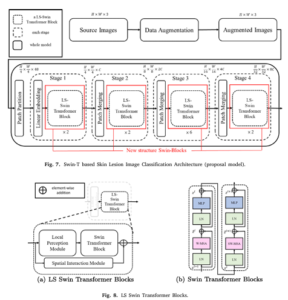
SILP: A Breakthrough in Skin Lesion Classification and Skin Cancer Detection
In today’s fast-paced medical landscape, early detection of skin cancer is more crucial than ever. With skin cancer cases on the rise due to increased…
Read More

Latest Trends in Machine Learning
New Horizon in AI: Machine learning (ML) is evolving at an unprecedented pace, driving innovations across industries and redefining the boundaries of technology….
Read More

How to Protect Your Online Privacy: PTA Guidelines for Online Safety
In today’s connected world, online privacy is an important concern for individuals everywhere. As we increasingly rely on the internet for daily activities…
Read More

how to earn money on instagram
How to Earn Money on Instagram: A Complete Guide Instagram has evolved from a simple photo-sharing app to a lucrative platform for influencers, brands,…
Read More
